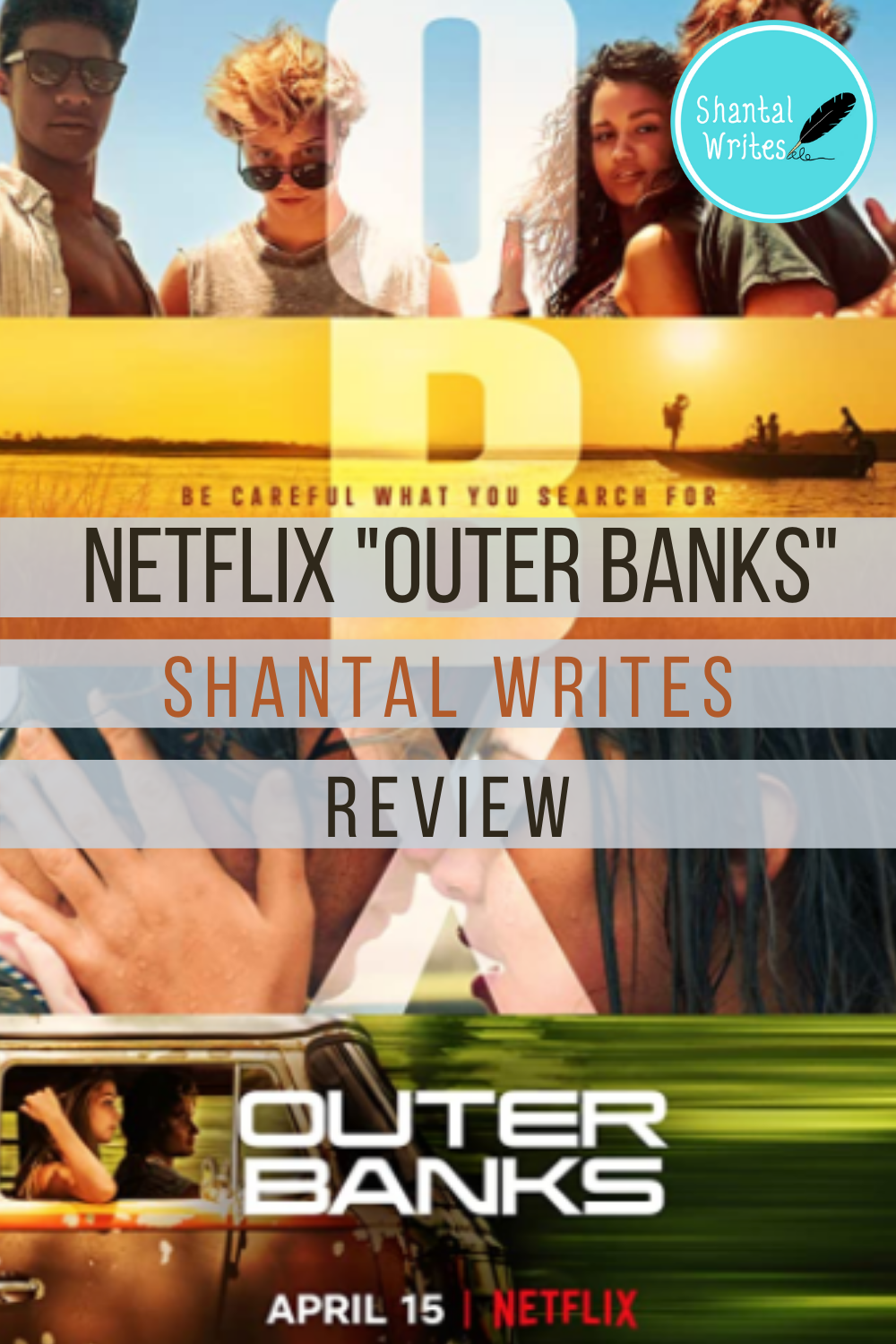
As most of the world is quarantined to help alleviate the public health crisis, bingeing TV shows has become a common pass-time. Netflix recently released a binge-worthy drama, “Outer Banks” (2020), a coming-of-age mystery that takes place in the North Carolina fishing town, Outer Banks. While the mystery, and the conflict between the “Pogues” and the “Kooks” had me on the edge of my seat, at times, “Outer Banks” was tone deaf about race, which made it feel awkward. Here’s what I found made this show worth binging and what the show failed to get right.
The Good
Realistic Characters and Relationships
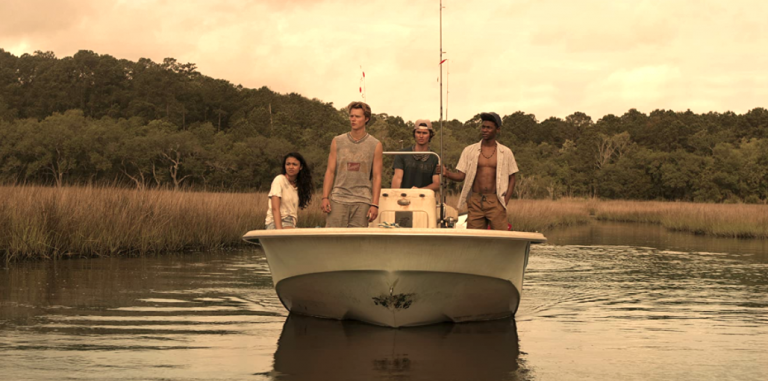
What really makes this show worth watching its main characters. John B (Chase Stokes), Kiara (Madison Bailey), JJ (Rudy Pankow) and Pope (Johnathan Daviss) all feel like real people. Each of them are three-dimensional, with their own personality, motivations, fears and internal conflicts. They also work great together as friends. They have each other’s backs, but are also willing to hold each other accountable. They’re family, really. And all of this is due to the chemistry between the actors, the nuanced performances and the realistic dialogue. The antagonist were also interesting, particularly Ward Cameron (great performance by Charles Esten) and his son, Rafe (Drew Starkey). They were awful people, but their love for their family and their internal conflicts made them interesting. By the end of the show I was rooting for the core four, while also rooting for the demise of the antagonists.
The Mystery
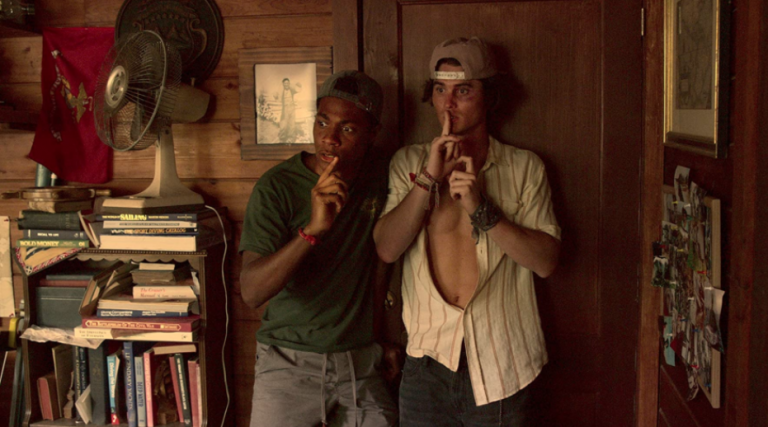
The show’s premise is that a group of misfit teens known as the “Pogues” stumble upon a map that leads them on a treasure hunt in the Outer Banks. Things kick off when they discover that John B’s father’s mysterious disappearance is connected to the hidden treasure, which, not only motivates John B and his friends to uncover the truth, but it further exposes the conflict between the rich and the poor in the Outer Banks. The way this show raised the stakes was effective as it had me clicking “next episode” after each one—eager to figure out how our characters were going to get out of the binds they found themselves in.
Great Cinematography
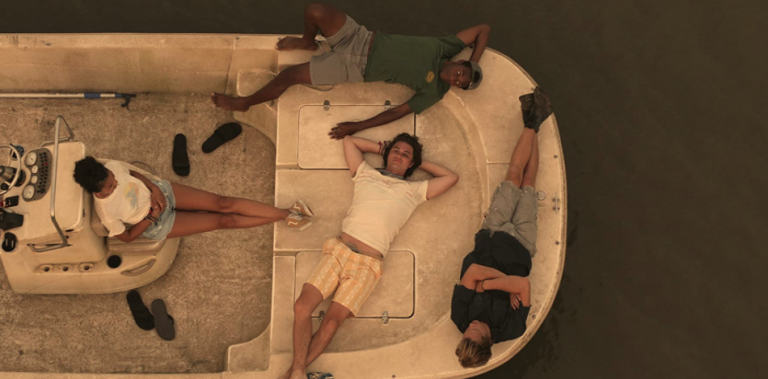
This show has a beautiful warm color palette which helps establish the tone of the show. This takes place in North Carolina and the warm yellow and brown palette makes it feel like the hot south. It’s a color palette often used in shows that take place in warm places like “Dexter” (2006), which takes place in Miami, Florida. It’s filmed hand-held documentary style, which makes it feel like you’re right there with the characters.
Interesting Setting

Outer Banks was a character in of itself. I liked how important the setting was to the story. We get to see where our core four hang out, how the rich live, and the treasure hunt leads to interesting locations like a decaying lighthouse and a dusty old mansion with a single inhabitant. Fun Fact: the show was actually filmed in South Caroline and not in the real Outer Banks.
The Bad
Cliches and Tropes
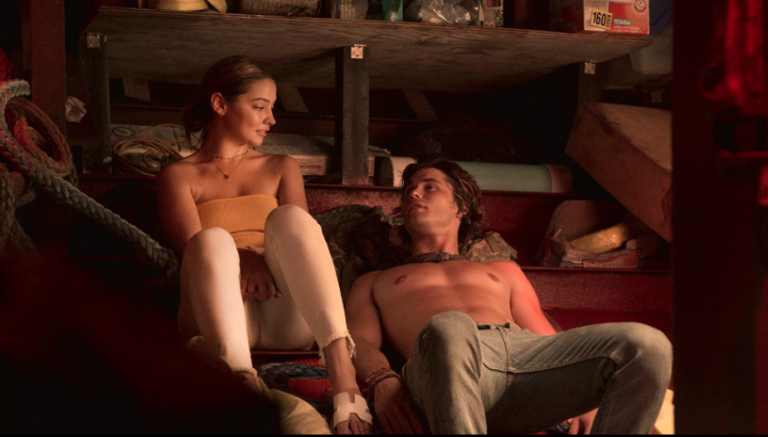
Parts of the show’s story were cliche, like the “poor guy and the rich-girl-in-the-ivory-tower” romance trope. Then there was the “poor vs. the rich” trope and the “poor people are noble while the rich are corrupt” trope. The only time they managed to avoid the latter was in Kiara’s character, who is in fact a wealthy person, but who is noble, kind and uninterested in the lifestyle. Despite these tropes, the show didn’t feel entirely one-dimensional while you watched, so they weren’t entirely distracting.
It's Tone Deaf Around Race
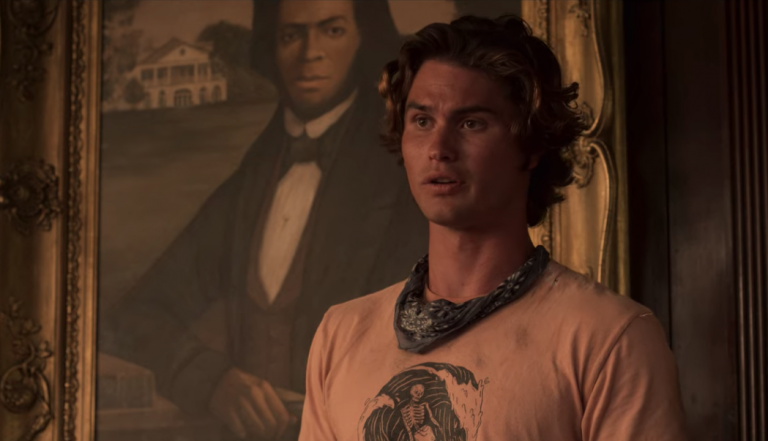
The show’s main mystery centers around a hidden treasure in the Outer Banks. We learn that the gold actually belonged to and was hidden by a black slave. The same black slave that is in a portrait hanging up in the Cameron’s house…a white affluent family in Outer Banks. Although the treasure belonged to a black slave, the characters invested in finding it are all white. And while that is par for the course, we are still meant to root for a white character to find it, while the black characters, who could have a direct connection to this legend/history, have no personal interest or stake in it.
It was jarring to see the portrait of that black man hanging in that office, in the same house of a guy who two episodes ago beat the shit out of a black character. Not to mention, the way the show delivers the story is quite tone deaf. They had John B tell his friends about this slave, his treasure, and his horrific hanging over a campfire…like some spooky ghost story. And neither of the black characters—Pope or Kiara—had a reaction to it.
Color-Blind Writing
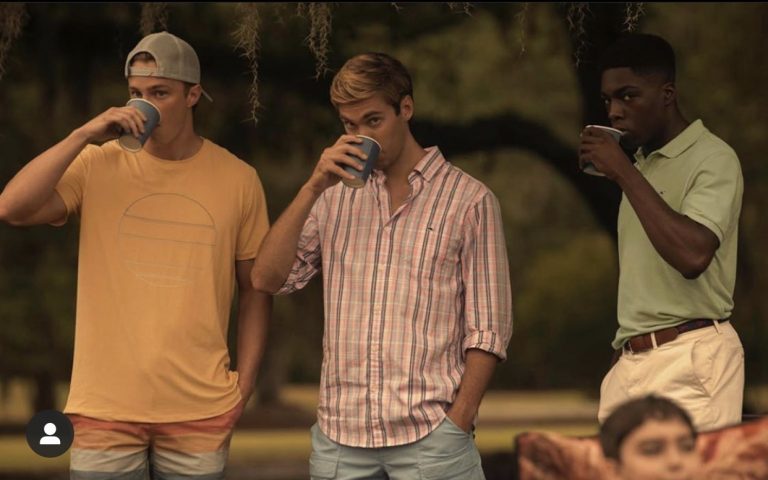
Then there’s the way that they write the black characters in the show. There’s Kelce, who is the “black friend” in the wealthy group of teens. Because the show treats him color-blindly, but also underwrites him, he unintentionally becomes an Uncle Tom/black butler stereotype. In most of his scenes he’s either echoing what the white guys say, serving them drinks or drugs, or helping them fight the “Pogues”, which included beating up another black character: Pope. All of this, with no explanation for why he’s doing any of it.
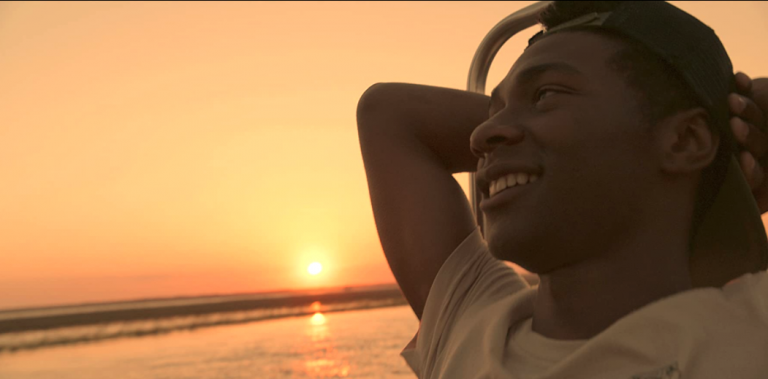
Pope is part of core four. He is written with more dimension than Kelce, however, his race doesn’t seem to be part of his consciousness. Like Kelce, it’s like he’s totally unaware of his race and how it plays a role in his experience in this southern town. Pope almost gets arrested, but doesn’t even consider how detrimental this is for him compared to his white friends. Heck, JJ, who (SPOILER) decides to take the fall for him to protect him, seemed to have more of an awareness of the implications than Pope did. Pope’s father does slightly imply why it’s important for Pope to stay out of trouble, but it’s never directly addressed. Pope is black. He is more likely to get pulled over by the cops, more likely to experience police brutality, and being that he is also from a low income background, his opportunities could be diminished if he’s arrested. This is again, a result of the color-blind writing. I was honestly relieved that the actor who played his dad occasionally used African American vernacular, because I thought that even that was going to be removed.
Listen, people of color don’t experience wealth and poverty in America the way white people do. So, for this show to act like it does is a disservice and a lie. That’s why I can’t say this show is entirely perfect. Because, while it is certainly entertaining and exciting to watch, as a PoC viewer, the color-blind writing takes me out of it’s world. It’s just unrealistic.
I did wonder what this show would have been like if Pope was the protagonist. Hear me out. What if it had been his dad who had gone missing? What if, given that he’s black and of low income, his father discovered that a potential ancestor–a slave–had hidden a treasure in the town? That is was hidden so that the future generation could find it? And what if his father was on the verge of finding that gold to help Pope go to college and turn their life around, when things went south and he disappeared? What if he left behind a treasure map for Pope to finish what he began; all the while Pope deals with the economic and racial inequality in his town? How interesting would it have been to have Kelce in juxtaposition to Pope? He’s a wealthy black guy who runs in rich white circles, who probably has to act a certain way around them as to not seem threatening. Let us consider how Pope threatens this system? How Kelce tries to preserve his status or how he eventually realizes that no matter what, he will never truly be part of that social circle? That his lineage is as much connected to Pope and the slave as anything else? Imagine that story?… But I digress…
Overall, Worth the Watch
While the show lacks social and racial awareness, which at times makes the viewing experience uncomfortable, overall, “Outer Banks” does a decent job at telling an interesting story with realistic dynamic characters in a unique setting. And for that it’s worth the binge-watch.
Did you watch “Outer Banks”? What did you think of it? Feel free to share your thoughts in the comments below!

Hi! Shantal here. I’m a writer and a storyteller. I created Shantal Writes to share my experiences with writing fiction. I also provide new writers with tips, tools, and writing advice. I hope you find something helpful while you’re here!
More On Shantal Writes

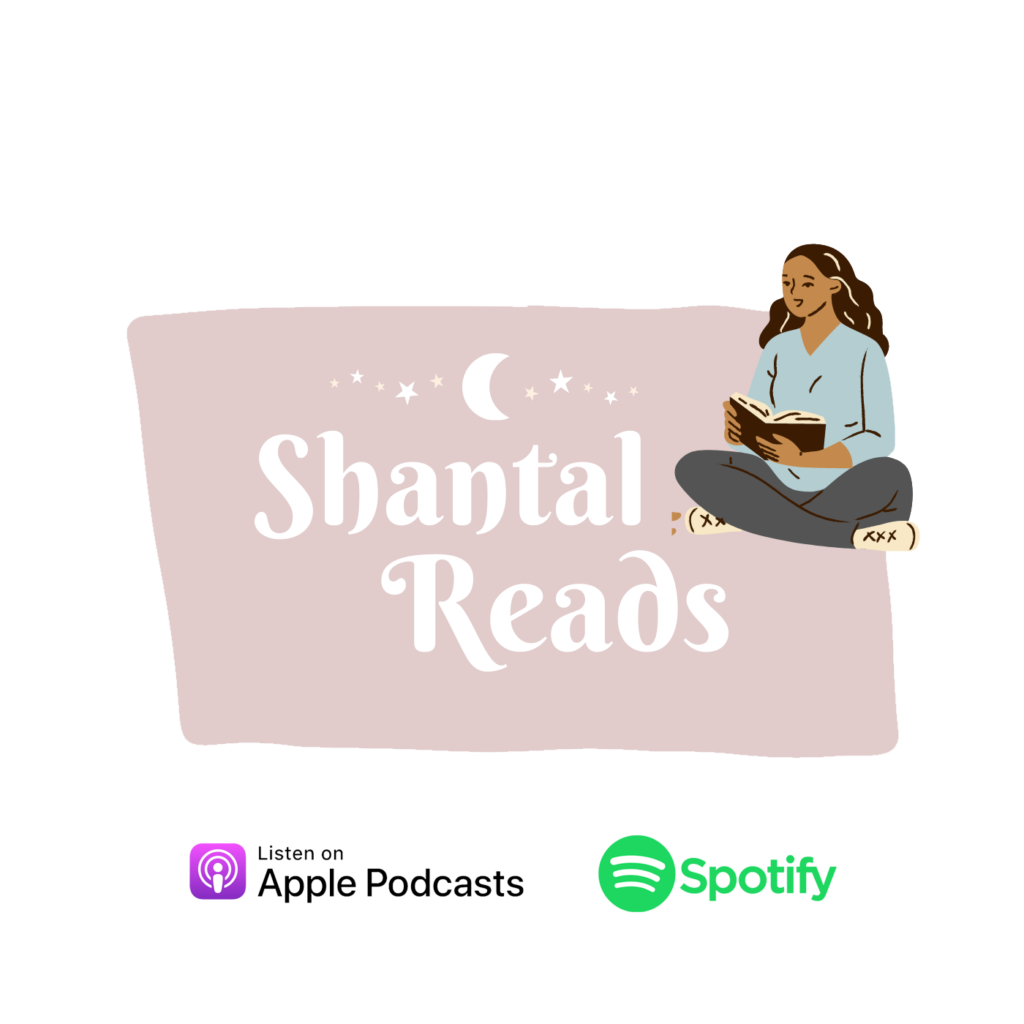
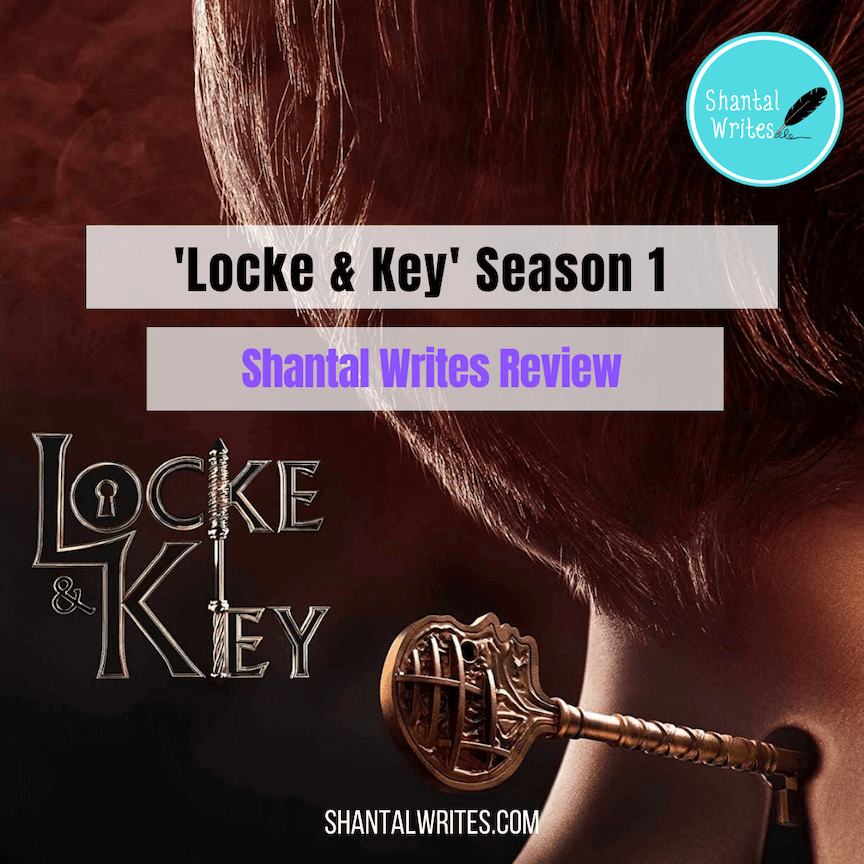
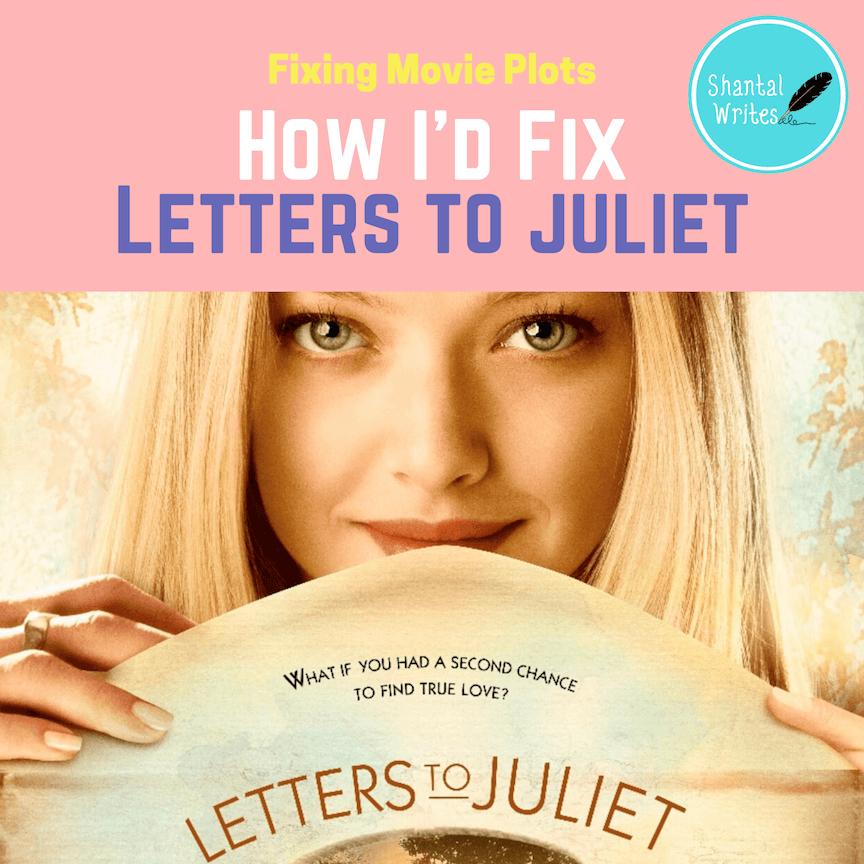
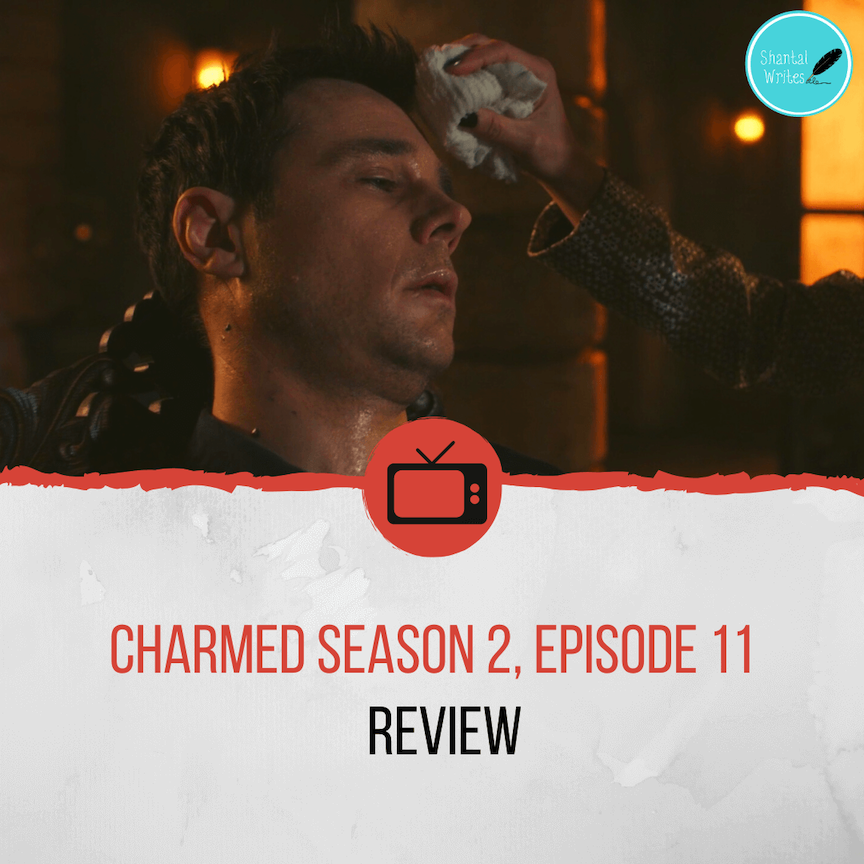
Amazing review! Especially the section where you give an example of another angle this show could of taken that would of made it feel more realistic. I have to say this show was decent but it just felt like a show that was written during the early 2000’s along with the O.C. and Gilmore Girls, back when race wasn’t a topic of conversation nor concern in media.
Thank you so much for you comment. I agree! It does feel outdated in that way.